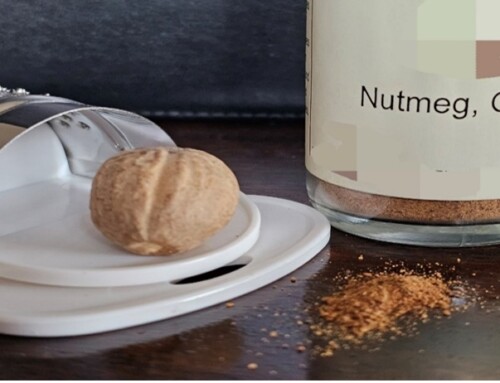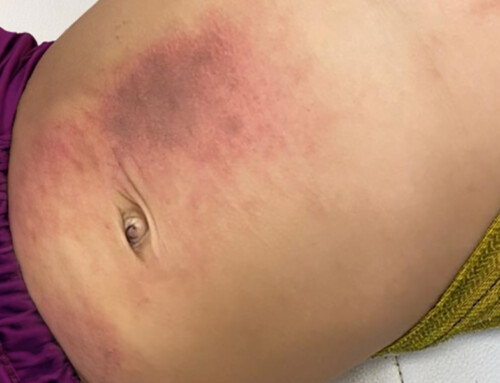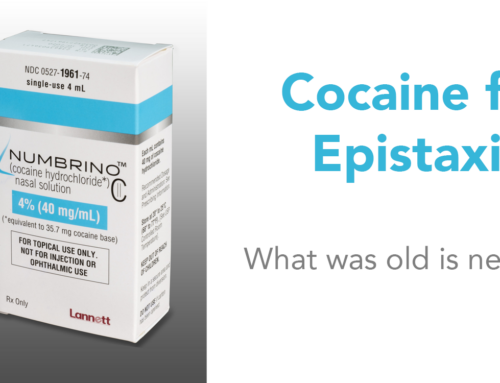2. Cyanogenic glycoside
Background
Apricot kernels contain a cyanogenic glycoside called amygdalin which is hydrolyzed to hydrogen cyanide in the gastrointestinal tract [1]. There are over 2,000 species of cyanogenic glycoside producing plants, including apricots, almonds, peaches, and cassava [2]. The amount of hydrogen cyanide in each kernel varies and ranges from 540 to 2,000 mg/kg [2]. The lethal dose range reported for cyanide in humans is 0.56-1.5 mg/kg [3]. Grinding or chewing the kernel increases toxicity [4]. The ingestion of approximately 20-30 apricot kernels in adults, and fewer in children, may lead to severe toxicity [2, 3, 5].
Although poisoning by ingestion of cyanogenic foods is much more common in tropical countries, there have been reported cases in the US [1, 3]. Additionally, children appear to develop more toxic effects from cyanogenic foods when compared to adults [1]. Despite described adverse effects in literature and investigation by the US FDA, these products continue to be marketed as natural anticancer agents [2].
How does cyanide produce toxicity? [1,6,7]
- Cyanide inhibits cellular respiration in all aerobic organisms by blocking cytochrome oxidase.
- This enzyme functions in the electron transport chain within the mitochondria and plays a key role in the conversion of catabolic products of glucose into ATP.
- When cytochrome oxidase is inhibited, ATP molecules are not formed.
- This causes a shift from aerobic to anaerobic cellular respiration and therefore results in lactic acidosis and systemic side effects.
What are the symptoms of cyanide poisoning? [1,6,7]
- Dizziness, confusion, headache
- Shortness of breath
- Weakness and malaise
- Nausea and vomiting
- Hypotension, seizures, coma, apnea, arrhythmias
- Death due to cardiorespiratory arrest
How do you diagnose cyanide poisoning? [7]
- Diagnosis is based largely upon the history and clinical presentation.
- Cyanide levels can be obtained for confirmation but do not generally return in a clinically relevant time frame.
- Laboratory findings suggestive of cyanide poisoning include:
- Elevated lactate
- Anion gap metabolic acidosis
- Reduced arterial to venous oxygen difference as an indicator of reduced oxygen utilization.
How to you treat cyanide poisoning? [1, 5-8]
- If left untreated, cyanide toxicity can be fatal.
- Antidotal therapy includes hydroxocobalamin, sodium nitrite, and sodium thiosulfate.
- PREFERRED: Hydroxocobalamin (more favorable safety profile)
- Binds to cyanide, forming cyanocobalamin (i.e., vitamin B12)
- Cyanocobalamin is more easily excreted in the urine or detoxified by rhodanese.
- Urine discoloration is seen after administration as seen in ALiEM Toxicology Visual Pearl: Discolored Skin and Urine [9].
- Adult dose: 5 grams IV
- Pediatric dose: 70 mg/kg IV up to 5 grams
- ALTERNATIVE: Sodium nitrite
- Induces methemoglobin, which binds to cyanide to form cyanmethemoglobin, which restores mitochondrial function
- Nitrite-induced methemoglobinemia can be dangerous and even fatal in those with undiagnosed G6PD deficiency, anemia, and in the pediatric population.
- When methemoglobin is present, the oxygen carrying capacity of red blood cells is reduced.
- Dosing for 3% sodium nitrite solution [8]:
- Adults: 300 mg (10 mL) no faster than 5 mL/min
- Pediatrics: 6 mg/kg (0.2 mL/kg) up to 10 mL no faster than 5 mL/min
- Sodium thiosulfate
- Acts as a sulfur donor, converting cyanide to a less toxic thiocyanate which is subsequently excreted in the urine.
- May be used alone, or in conjunction with either sodium nitrite or hydroxocobalamin
- Dosing for 25% solution:
- Adults: 12.5 grams (50 mL)
- Pediatrics: 250-412 mg/kg (1-1.65 mL/kg) not to exceed 50 mL or 12.5 grams
Bedside Pearls
- Ingestion of large quantities of cyanogenic foods can result in cyanide toxicity.
- Children may be more susceptible than adults to the toxic effect of cyanogenic foods.
- Standard cyanide antidotes can be used to treat the toxic effects from ingestion of cyanogenic glycosides.
- Hydroxocobalamin is the preferred antidote for cyanide poisoning.







